Table of Contents
- How does the Consumer Price Index account for the cost of housing?
- BCE WAR... PRICE CAP GAS! - icebergfinanza
- CPI 7.5% / MAS Core 5.1%・Singapore Consumer Price Index
- Consumer Price Index or CPI compare with Personal Consumption ...
- 物聯網應用實例 - BTCC 熱門知識
- CPI Inflation in March: Downward, Month-on-Month | Econbrowser
- Krugman Section 3 Modules 10 and ppt download
- 미국 8월 소비자물가지수(CPI) 8.3%…전망치 상회하자 시장 ‘흔들’ - 토큰포스트
- Consumer Price Index: Tujuan, Jenis, Contoh dan Cara Mengukurnya
- Core or 16% Trimmed-Mean CPI? - The Big Picture

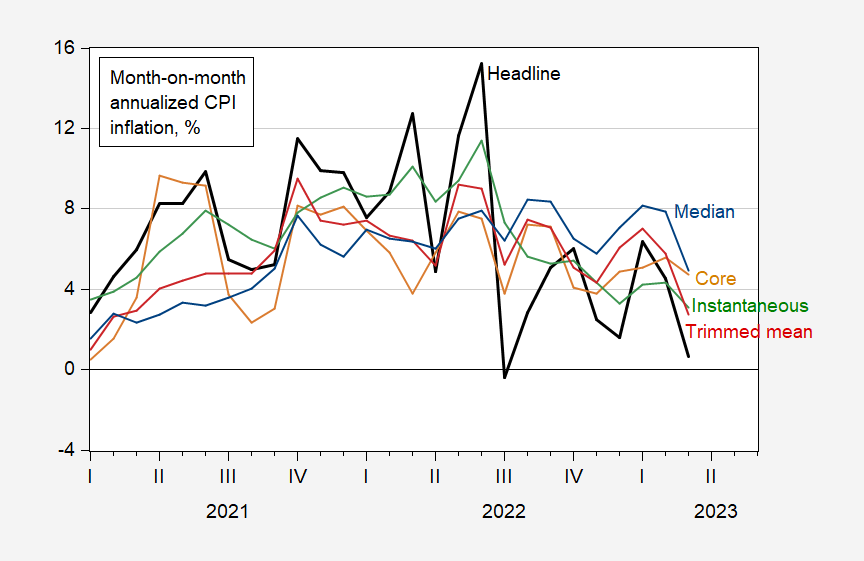

What is the Consumer Price Index (CPI)?
.jpg)
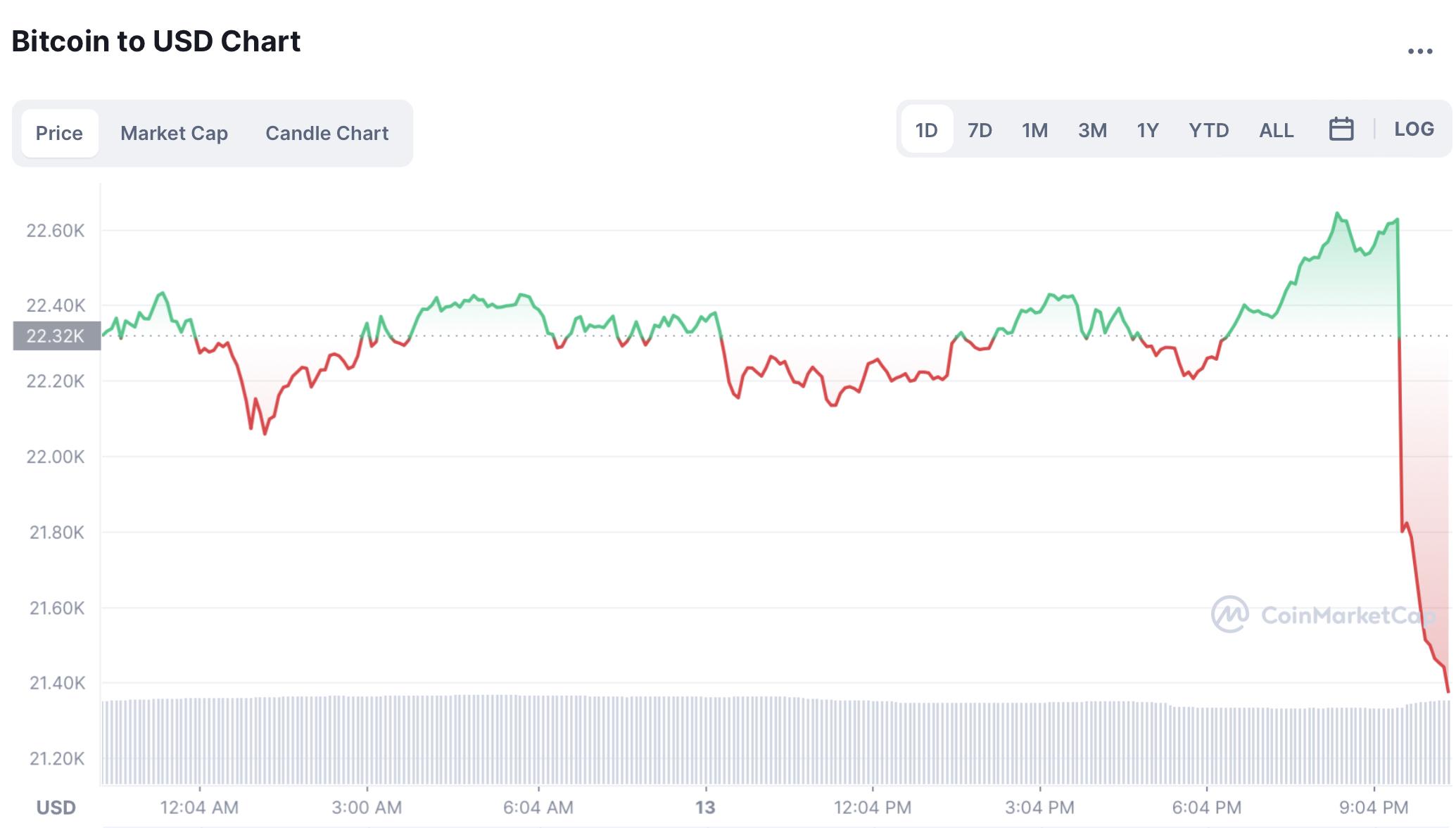
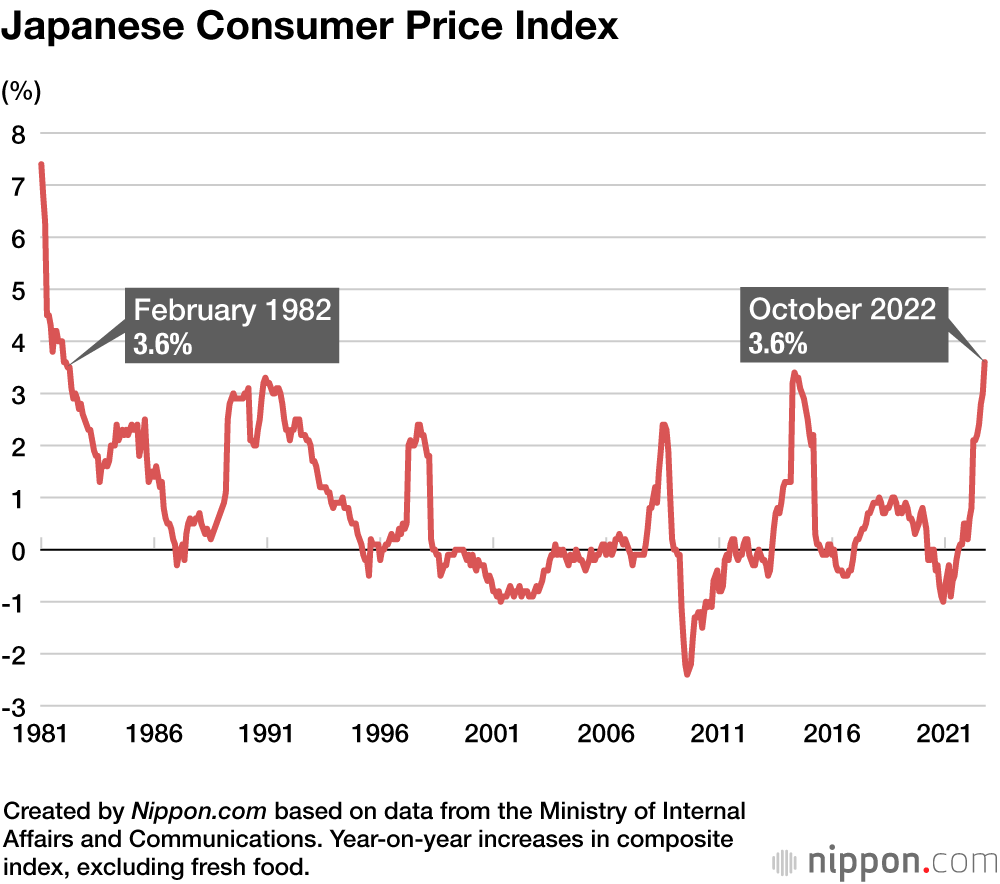
How is the CPI Calculated?

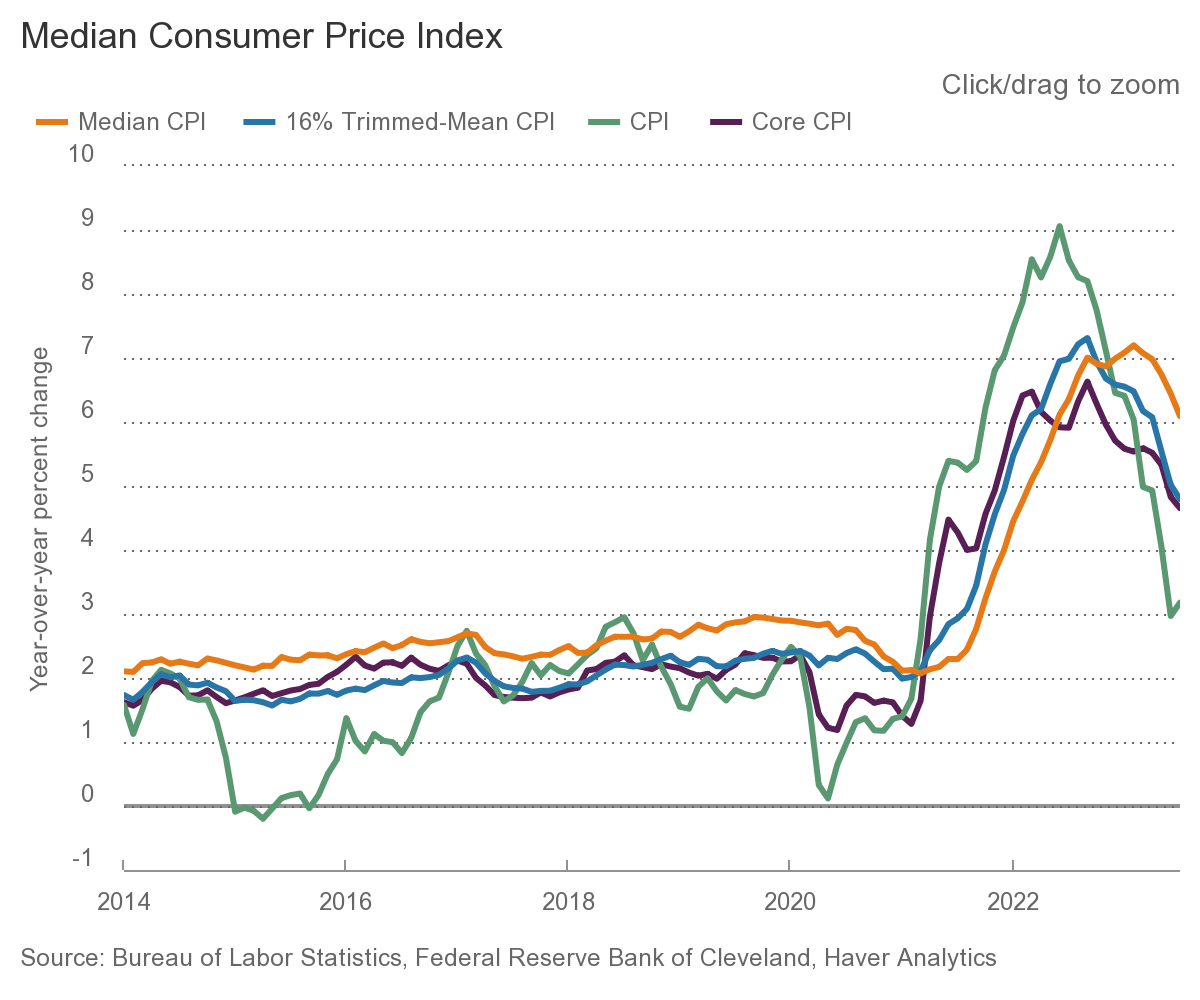
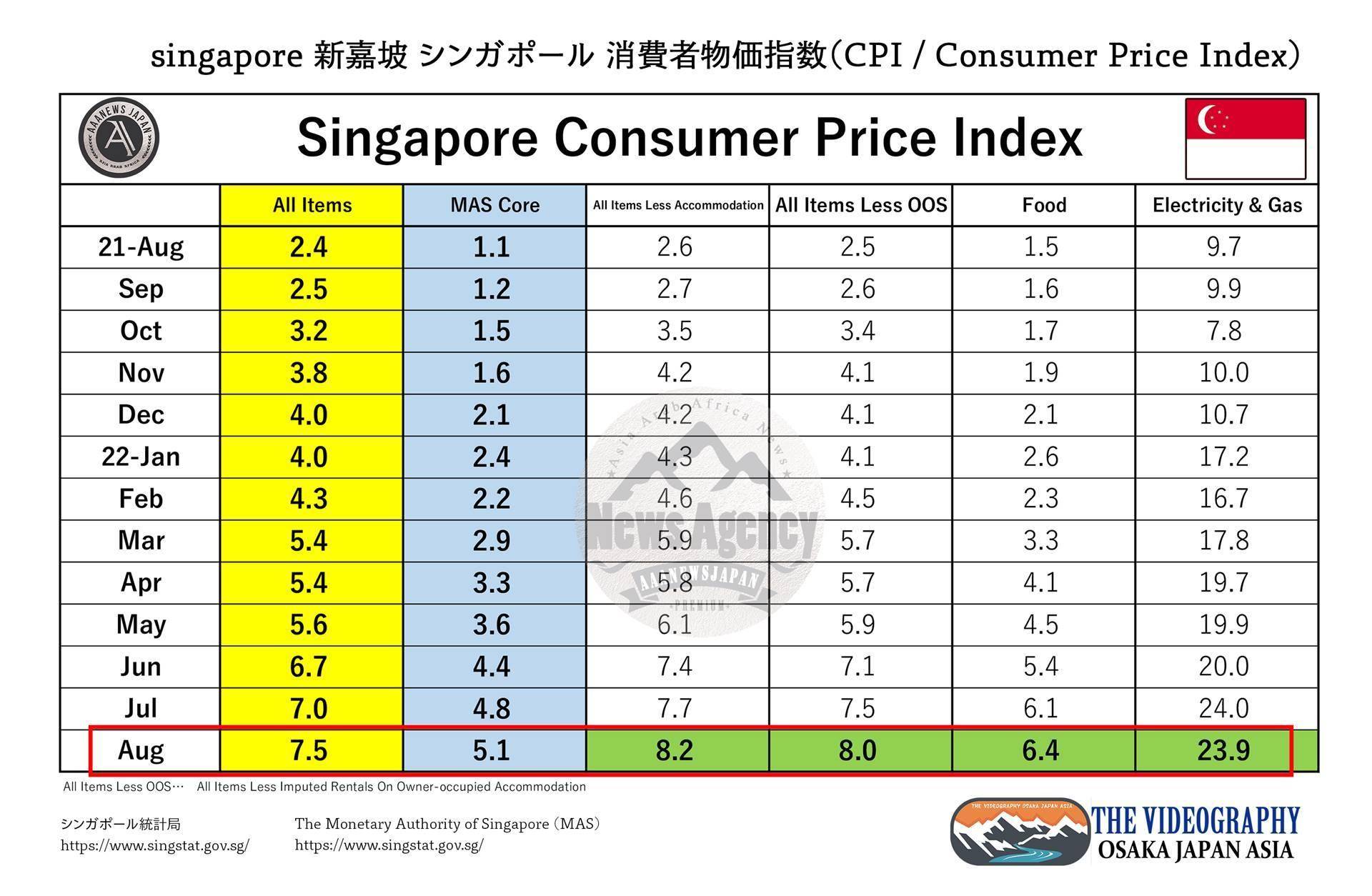
What does the CPI Indicate?
The CPI is a key indicator of inflation, which is a sustained increase in the general price level of goods and services in an economy. A high CPI reading indicates a high level of inflation, while a low reading indicates low inflation. The CPI also helps policymakers to: Monitor inflation: CPI data helps central banks and governments to monitor inflation and adjust monetary and fiscal policies accordingly. Adjust interest rates: Changes in CPI can influence interest rate decisions, as high inflation may lead to higher interest rates to curb borrowing and spending. Make informed investment decisions: Investors use CPI data to make informed decisions about investments, such as bonds, stocks, and commodities.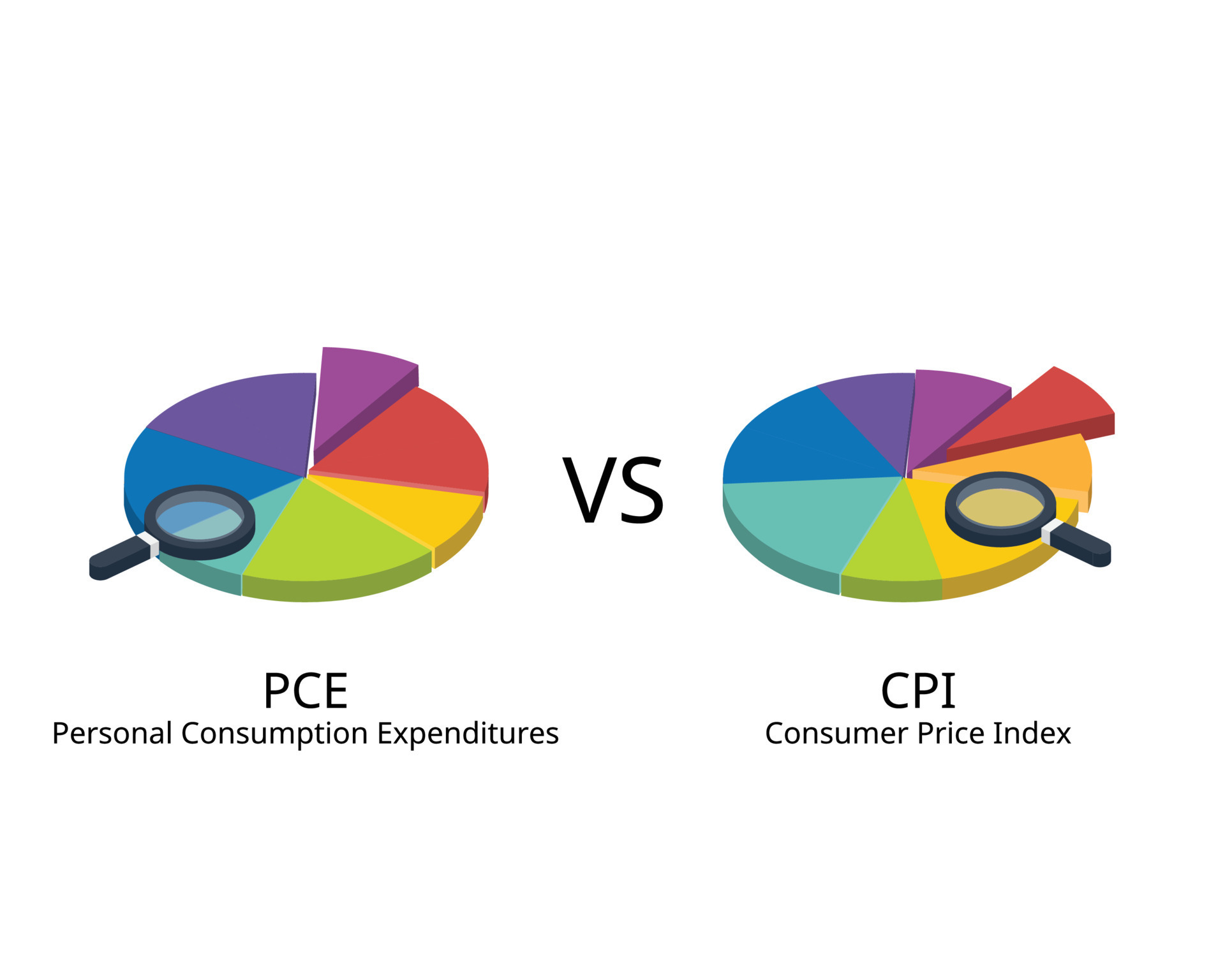
Importance of CPI in Economic Decision-Making
The CPI plays a crucial role in economic decision-making, as it: Helps to adjust wages and pensions: CPI data is used to adjust wages and pensions to keep pace with inflation. Influences business decisions: Companies use CPI data to make decisions about pricing, production, and investment. Guides fiscal policy: Governments use CPI data to guide fiscal policy decisions, such as taxation and government spending. In conclusion, the Consumer Price Index is a vital economic indicator that provides insights into the level of inflation in an economy. Understanding the CPI is essential for policymakers, investors, and consumers to make informed decisions about investments, spending, and savings. By tracking the CPI, individuals can stay ahead of the curve and navigate the complexities of the economy.Source: Investopedia
Note: The article is written in a SEO-friendly format with relevant keywords, meta title, and header tags to improve search engine ranking. The word count is approximately 500 words.